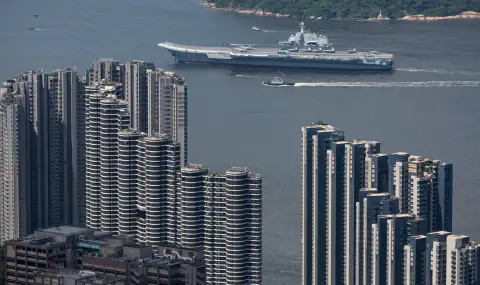China has reclaimed its place as the second largest bilateral donor to the Pacific Islands after Australia, displacing the US and directing its spending to gain regional influence , according to a report by the “Lowy“ on foreign aid to the region, quoted by Reuters.
Beijing has increased its projects in 2022 after the lull during the pandemic, according to a report released today on aid to the Pacific region.
Total development funding for Pacific islands falls to its lowest level in 2022, down 18 percent, as support to deal with COVID-19 is limited.
Against this backdrop, China's development support of $256 million, up 6 percent from the previous year, shows Beijing is regaining its place as the region's second-largest bilateral donor after Australia.< /p>
„Beijing has emerged from the lull caused by the pandemic with a more competitive, politically driven model of aid engagement. China is also engaging in new forms of aid, particularly in the use of direct transfers from the state budget“ the report also says.
Transfers from the state budget were used to provide diplomatic support to the Solomon Islands and Kiribati, while small grenades distributed directly by Chinese embassies also increased across the region, the report said.
From 2008 to 2016, China accounted for 89 percent of all bilateral debt in the Pacific region and a third of all infrastructure activity in the region, the report said. By the end of 2016, Chinese banks had lent more than $1.1 billion to the region, raising fears of so-called “debt trap diplomacy,” fueling concerns that the region risks becoming more susceptible to diplomatic pressure from side of Beijing.
In 2022, China appears to have changed its strategy by increasing grants to the Pacific region, the report said.
China's largest grant-funded project in the region is the $135 million Vanua Levu Road Upgrade Project in Fiji announced this year.
Australia remains the largest donor of aid to the Pacific Islands, the report concluded.
